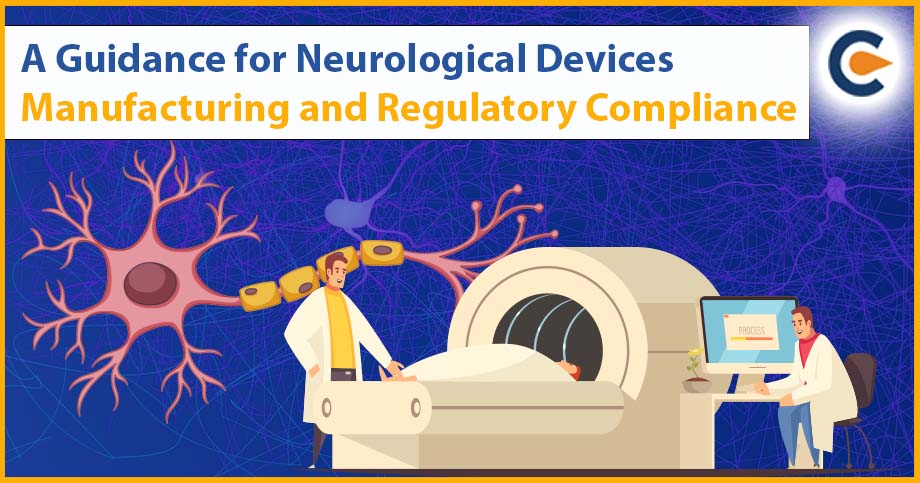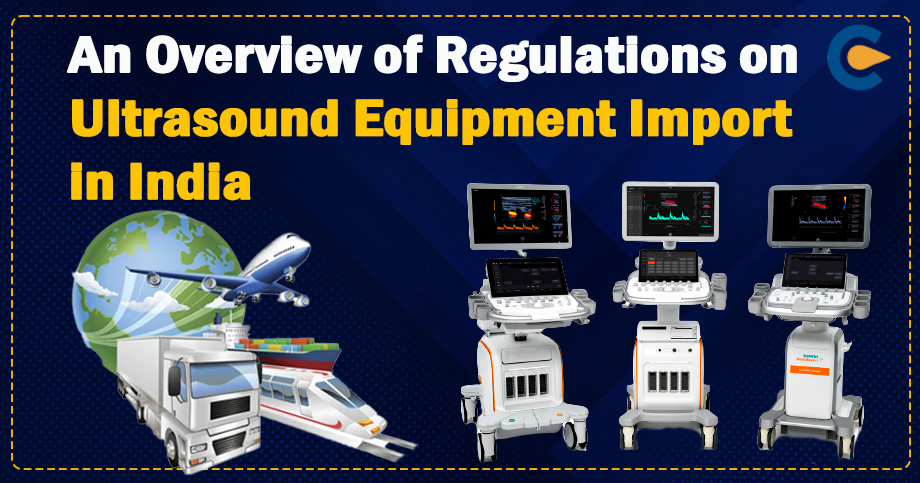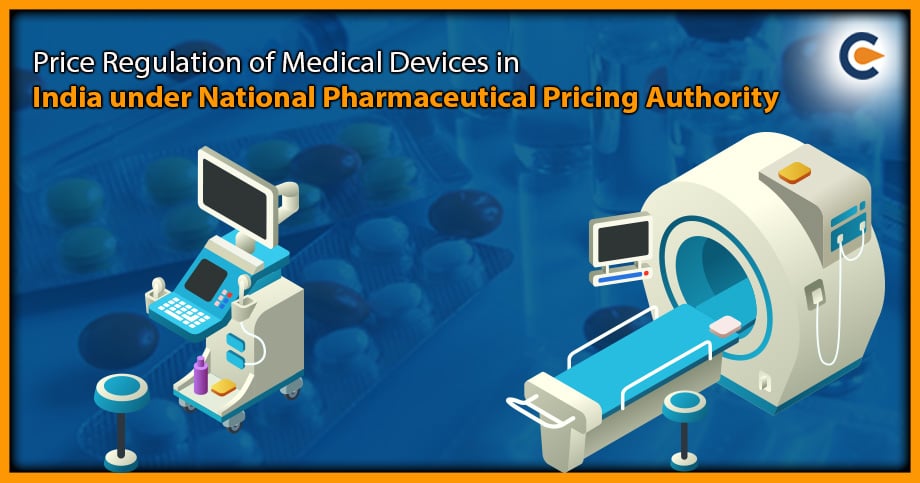Many neurological disorders and conditions, including Alzheimer’s disease, Parkinson’s disease, major depression, epilepsy, spinal cord injury, and traumatic brain damage, can be identified, prevented from occurring, and treated with the aid of neurological devices. For people with limb loss or congenital limb differences, neurological devices can help boost function and restore hearing and sight. Devices for neurodiagnostics, neurointervention, and neurostimulation are a few examples of neurological devices.
The FDA’s Center for Devices and Radiological Health collaborates with producers and creators to foster innovation and provide patients in the US with the first-ever access to secure and efficient medical devices. Additionally, it oversees the safety of products already on the market and undertakes regulatory research to help the development of medical devices. The FDA is attempting to make the regulatory process more predictable and transparent for those that create and innovate neurological medical devices.
There are numerous routes that might be taken to sell a medical gadget. The classification of a device, which is based on risk and the degree of control required to reduce such health concerns, determines the regulatory process for that particular device. In this article we will cover some major topics regarding the concepts of Neurological Devices and its relevant regulatory compliances. Also we will discuss the types and classification of Neurological Devices.
What Is Meant By Neurological Devices?
Neurological devices are medical devices that are used to diagnose, monitor, or treat conditions that affect the nervous system. These devices can range from simple devices such as diagnostic tools and stimulators to complex implantable devices like neurostimulators and neuromodulators. In order to ensure their safety and effectiveness, regulatory authorities have established guidelines and regulations for the development, testing, and marketing of these devices. Here is a detailed guideline on neurological devices and regulatory compliances.
Alzheimer’s, Parkinson’s disease, epilepsy, and pain management are all illnesses that can be diagnosed, prevented, and treated with neurological devices like deep brain stimulation (DBS) or spinal cord stimulation (SCS).
Depending on the level of danger involved, medical devices are divided into one of three classifications:
- Class 1 (lowest risk) neurological devices are not common. Ventricular needles and anvils used to create skull plates are two examples of Class I equipment.
- Class II (moderate risk) or Class III (high risk) devices are the most common classifications for neurological devices. Neurostimulators, aneurysm clips, and blood clot retrievers are a few classes II devices.
Neurological devices include, for instance:
- Devices used in Neurodiagnostics can be used to diagnose and track a variety of illnesses that impact the brain, as well as to pinpoint the source of issues like memory issues.
- As the occurrence of stroke and brain cases has increased, a new field in the study of neurology called Neurointerventional Devices has emerged. In the near future, it is anticipated that the market for devices like embolic coils and flow diverters would expand.
- Devices known as “Neurostimulation Devices” control movement in order to inhibit aberrant nerve signals that are the source of symptoms by delivering electrical stimulation to electrodes implanted in particular brain regions.
Scheme for the Regulation of Neuropathology
Based on a risk-based methodology, the level of regulatory oversight for each unique device is determined. The level of regulatory controls required for a medical device is determined by CDRH based on its risks (i.e., likely harms or discomforts to a patient or user). Devices are classified as Class I, II, or III (in increasing risk), and the regulatory controls required to provide a reasonable assurance of safety and effectiveness increase commensurately. Good manufacturing procedures, reporting of adverse events, device registration and listing with the FDA, labeling, adulteration, and misbranding are general rules that apply to all devices.
Although special controls are device-specific and include performance criteria including patient registries for post-market surveillance, special labeling requirements, and pre-market data requirements. The Code of Federal Regulations (CFR) Title 21 contains the rules for device categorization for a broad device type. Physical medicine devices are classified according to 21 CFR Part 890, while neurological devices are classified according to 21 CFR Part 882.
Manufacturing Challenges for Neurological Medical Devices
Manufacturers of these medical devices are required to ensure that every component is correctly calibrated for the intended purpose. As an illustration, makers of medical wire lack the internal competence to design and create medical wire for neurological devices. With DBS and SCS devices, the ultra-fine, high-quality wires are used. You can also use it to make sure that your gadgets continue to be in line with the design control methods from conception through commercialization. These gadgets are primarily imported from the USA and Europe. The type of material utilized to make these devices depends on their intended usage.
Regulatory Route
Compliance with regulations varies from nation to nation. A device manufacturer must register with CDSCO[1] and get the CDSCO manufacturing license in order to launch a neurological device manufacturing business in India. To make it simple for the producers to obtain the CDSCO manufacturing license, we take care of the necessary papers and submission to the appropriate agencies.
The market for neurological devices is expanding quickly in terms of scope and size. The prevalence of neurological disorders including Parkinson’s disease and Alzheimer’s disease are major factors for the growth. Geriatric population is the industry’s additional major driver. The market for neurological devices in India is highly competitive. In India, the market for neurostimulation devices is expanding as a result of new product launches, mergers and acquisitions, research and development, and the participation of important companies. We have seen how inaccurate information can deceive importers and producers of medical devices. To shield importers and manufacturers from false information. As a manufacturing consultant for neurological medical devices, we offer truthful and unbiased information to prevent them from being deceived.
Regulatory Challenges for Neurological Medical Devices
- Regulatory Authorities: The regulatory authority that oversees the approval of medical devices varies by country. In the United States, the Food and Drug Administration (FDA) is responsible for regulating neurological devices. In Europe, the European Medicines Agency (EMA) and the European Commission oversee the regulation of these devices. In Japan, the Pharmaceuticals and Medical Devices Agency (PMDA) is responsible for regulating medical devices.
- Device Classification: Neurological devices are classified into different categories based on their risk level. The classification determines the level of regulatory scrutiny and the requirements for obtaining regulatory approval. Class I devices are low-risk devices, while Class II and III devices are moderate and high-risk devices, respectively.
- Pre-Market Approval: Before a neurological device can be marketed and sold, it must go through the pre-market approval process. This process includes the submission of data from clinical trials and testing to demonstrate the safety and efficacy of the device. The FDA requires a pre-market approval (PMA) for Class III devices, while Class II devices require a 510(k) clearance. Class I devices do not require pre-market approval, but they are still subject to general controls.
- Post-Market Surveillance: Once a neurological device is on the market, regulatory authorities monitor its safety and effectiveness through post-market surveillance. This includes monitoring adverse events and conducting post-market studies to assess the long-term safety and effectiveness of the device.
- Quality System Regulation (QSR): The FDA also requires neurological device manufacturers to comply with Quality System Regulation (QSR). This regulation sets out the requirements for the design, manufacturing, and distribution of medical devices. Manufacturers must establish and maintain a quality system that meets these requirements.
- International Organization for Standardization (ISO) Standards: The ISO sets standards for medical device quality management systems. Compliance with ISO standards is not mandatory, but it can help manufacturers demonstrate compliance with regulatory requirements.
- Labeling Requirements: Neurological device labeling must comply with regulatory requirements. This includes providing clear and accurate instructions for use, warnings, precautions, and contraindications.
Conclusion
In summary, the regulatory requirements for neurological devices are designed to ensure their safety and effectiveness. Manufacturers must comply with pre-market approval requirements, post-market surveillance, quality system regulations, and labeling requirements. Additionally, compliance with ISO standards can help manufacturers demonstrate compliance with regulatory requirements.
Also Read:
What Is The Importance Of A Medical Device Certificate In India?
Four Prominent Benefits Of Drug License That You Must Know
CDSCO Approval For Drug Manufacturing In India: Process And Paperwork











